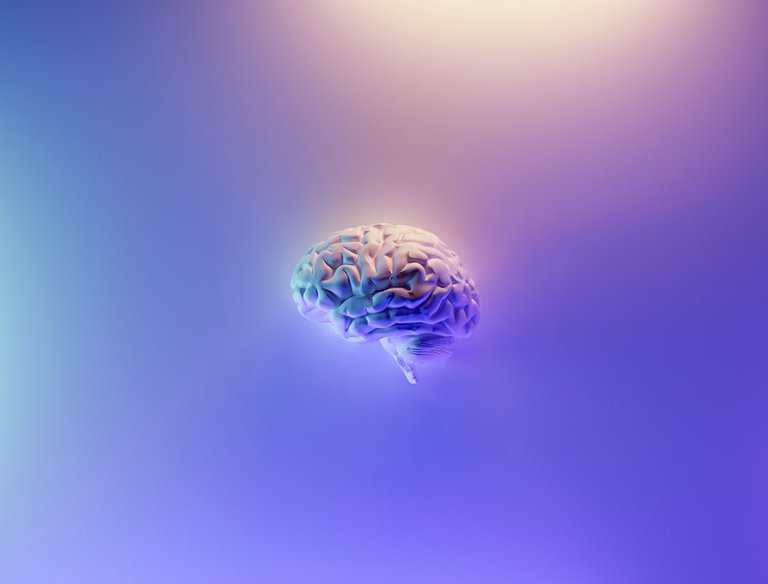Studies on How Your Brain Works and Functions
Every of the human part is made up of different components ranging from the system to the organs down to the tissues and even the cells which in most cases is regarded as the starting point. Every component has one or two things they do and the constantly keep up with their function to make us stay healthy daily.
One of the interesting part of the human body everyone of us is conversant with but at the same time have little understanding about is the Brain. The Human Brain is if not the important but one of the most important part of the body. It constitutes to making other part of the body carries out their functions effectively. If something is wrong with your brain, then it transferred to your brain in total.
The human brain is a complex and fascinating organ that controls our thoughts, emotions, and actions. It is composed of billions of neurons, which are interconnected in a vast network. This network allows the brain to process information, learn, and adapt to our environment.


The Structure of the Brain
The brain is not a single entity as it is made up of different sub-regions also and they work differently. They specialised in different functions and ways that at the end of the day makes the brain to function effectively. They includes the following;
- The Cerebrum: The cerebrum is the largest part of the brain and is responsible for higher-order functions such as thinking, problem-solving, and language. It is divided into two hemispheres, the left and right. The left hemisphere is responsible for language, logic, and analytical thinking. The right hemisphere is responsible for creativity, emotion, and spatial reasoning.
- The Cerebellum: The cerebellum is located at the back of the brain and is responsible for coordinating movement, balance, and posture. It receives input from the senses and sends output to the muscles.
- The Brainstem: The brainstem is located at the base of the brain and controls basic functions such as breathing, heart rate, and blood pressure. It also relays information between the brain and the rest of the body.
- The Limbic System: The limbic system is located deep within the brain and is involved in emotions, memory, and motivation. It includes the amygdala, hippocampus, and hypothalamus.

The Electrochemical Processes of the Brain

Now for the brain to effectively carries out it's function, there is something which I will tagged as the electrochemical processes of the brain. This involves the connections that exist between the neurons existing in the brain. The brain's intricate structure is made possible by the connections between neurons. These connections are called synapses, and they allow neurons to communicate with each other.
When a neuron fires, it sends an electrical signal to the next neuron. This signal is then converted into a chemical signal, which is transmitted across the synapse. The receiving neuron then interprets this chemical signal and fires its own electrical signal.
The brain's electrochemical processes are essential for its function. Neurons communicate through electrical signals, but these signals are modulated and regulated by chemical messengers, or neurotransmitters. Neurotransmitters are released by neurons and bind to receptors on the receiving neurons. This binding process helps to transmit the signal from one neuron to the next.

The Brain's Plasticity

The brain is constantly changing and adapting. This process is called neuroplasticity. Neuroplasticity allows the brain to learn new things, recover from injuries, and adapt to new environments. When we learn something new, the connections between neurons in the brain strengthen. This process is called long-term potentiation. This neuroplasticity made the brain to keep learning new stuff thereby allowing the human to keep improving and developing.
Conversely, unused connections may weaken or even be pruned away. This process is called synaptic pruning. The brain's plasticity is greatest in childhood, but it continues throughout life. This means that we can continue to learn and grow, even as we age.

Conclusion
The human brain is a complex and fascinating organ that is still not fully understood. However, scientists are learning more about its structure, function, and plasticity all the time. This knowledge is helping us to develop new treatments for neurological disorders and to improve our understanding of human behavior.
The brain is truly an amazing organ. It is responsible for everything we think, feel, and do. By understanding how the brain works, we can better understand ourselves and our place in the world.
Yay! 🤗
Your content has been boosted with Ecency Points, by @biyimi.
Use Ecency daily to boost your growth on platform!
Support Ecency
Vote for new Proposal
Delegate HP and earn more
Thanks for your contribution to the STEMsocial community. Feel free to join us on discord to get to know the rest of us!
Please consider delegating to the @stemsocial account (85% of the curation rewards are returned).
Thanks for including @stemsocial as a beneficiary, which gives you stronger support.